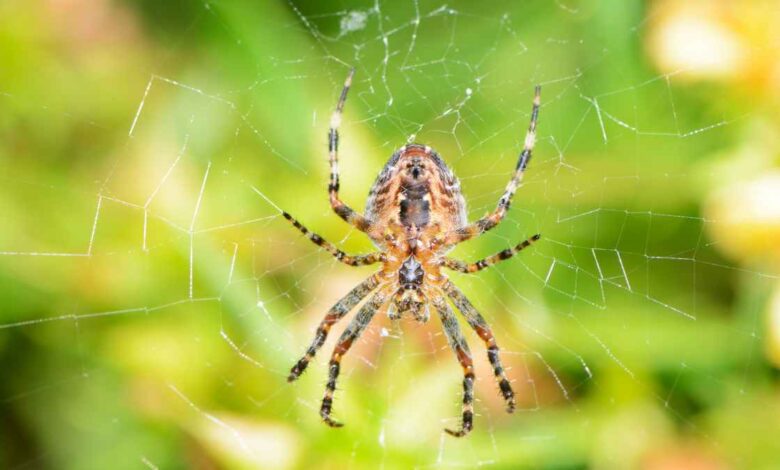Top 10 Biggest Spiders in the World

Spiders have fascinated and intrigued humans for centuries with their intricate webs, unique behaviors, and diverse appearances. From tiny orb-weavers to massive tarantulas, the world of arachnids is a captivating one.
Table of Contents
Introduction
Spiders are fascinating creatures that come in all shapes and sizes. Some spiders are tiny, while others are quite large. In this article, we will take a look at the top 10 biggest spiders in the world.
1. Goliath Bird-Eater (Theraphosa blondi)
The Goliath Bird-Eater, as the name suggests, is renowned for its impressive size and colossal appearance. Native to South America, this tarantula can reach a leg span of up to 12 inches, making it one of the largest spiders on the planet.
2. Huntsman Spiders (Heteropoda maxima)
With their impressive leg span and unique appearance, Huntsman Spiders are known for their swift movements and ability to adapt to various environments. They are often found in tropical regions and can have leg spans exceeding 10 inches.
3. Brazilian Wandering Spider (Phoneutria spp.)
Feared for their potent venom, Brazilian Wandering Spiders are not only large but also highly venomous. They are known for their distinct defensive behaviors and are considered one of the most dangerous spiders in the world.
4. Camel Spider (Solifugae)
Although often mistaken for spiders, Camel Spiders belong to a different arachnid order. Found in arid regions, they are known for their incredible speed and size, with some species reaching lengths of over 6 inches.
5. Golden Silk Orb-Weaver (Nephila spp.)
The Golden Silk Orb-Weaver’s intricate web and impressive size make it a fascinating subject of study. They are known for their vibrant coloring and the strength of their silk, which has been used in various applications.
6. Australian Tarantula (Selenocosmia crassipes)
Endemic to Australia, the Australian Tarantula is a remarkable creature with a leg span that can reach up to 8 inches. Despite their intimidating appearance, they play a crucial role in controlling insect populations.
7. Brazilian Salmon Pink Bird-Eating Tarantula (Lasiodora parahybana)
As one of the largest tarantula species, the Brazilian Salmon Pink Bird-Eating Tarantula is a sight to behold. Their striking appearance and impressive size have made them popular among exotic pet enthusiasts.
8. Hercules Baboon Spider (Harpactira pulchripes)
Native to South Africa, the Hercules Baboon Spider is characterized by its robust build and distinctive markings. They are ground-dwellers and are known for their relatively docile nature compared to other tarantula species.
9. Giant House Spider (Eratigena atrica)
Commonly found in Europe, the Giant House Spider may evoke fear due to its size, but it is relatively harmless to humans. They are skilled predators, helping to keep indoor insect populations in check.
10. Pinktoe Tarantula (Avicularia spp.)
The Pinktoe Tarantula is a large tarantula found in South America. It can grow up to 4 inches (10 centimeters) in body length and have a leg span of up to 10 inches (25 centimeters).
Conclusion
The world of spiders is vast and diverse, with these arachnids occupying various ecosystems and playing crucial roles within them. From the Goliath Bird-Eater’s massive size to the intricate web-spinning of the Golden Silk Orb-Weaver, each species contributes to the intricate web of life on Earth.
FAQs
- Are these spiders dangerous to humans?
- While some of these spiders possess venom that can be harmful to humans, they generally only bite when threatened. Fatalities from spider bites are rare, and immediate medical attention can mitigate the effects.
- How do these spiders catch their prey?
- Different species employ various methods to catch prey, including building intricate webs, ambushing, or actively hunting. Their adaptations and behaviors are finely tuned to their respective environments and prey.
- Can I keep these large spiders as pets?
- Some of these spiders are kept as exotic pets by experienced enthusiasts. However, their care requirements can be challenging, and it’s crucial to research extensively before considering them as pets.
- What is the purpose of a spider’s silk?
- Spider silk serves multiple purposes, including building webs for catching prey, creating shelters, and even for mating rituals. It is a strong and versatile material that has caught the interest of researchers for various applications.
- How do spiders contribute to their ecosystems?
- They are essential predators that help control insect populations, maintaining the balance of various ecosystems. Their presence helps prevent the unchecked proliferation of insects that could harm plant life and other animals.













